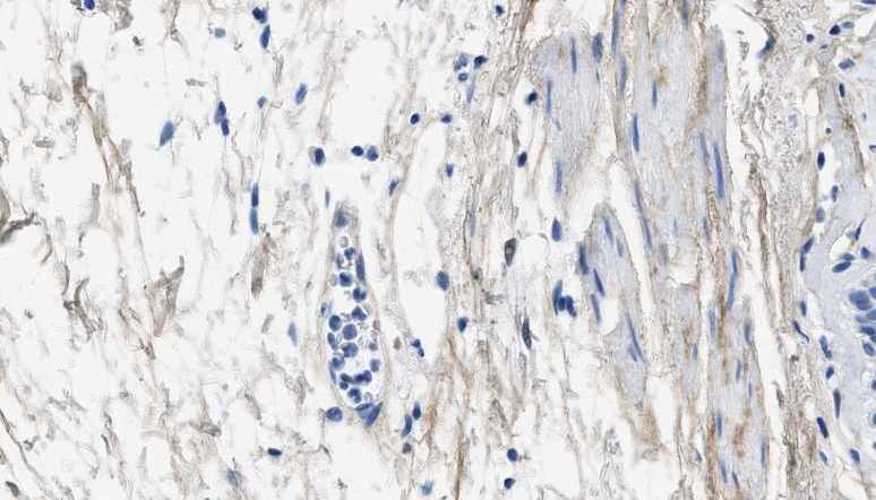Mouse monoclonal antibody
Anti-Type III Collagen (human, dog, rat, kangaroo)
Request Price

Request Price
"*" indicates required fields
Product Summary
Application
ELISA: CSI 007-01 can be used for detection of collagens by ELISA.
WB: In immunoblotting CSI 007-01 detects type III collagen only in its native triple helix form.
IHC-F: CSI 007-01 has been used successfully for immunohistology on frozen unfixed sections of human (1) and kangaroo (2) skin, and of new dog tissue associated with biomaterial implants. (3, 4) If fixation of tissue is required, acetone or ethanol is recommended. (1, 2, 3, 4) Please consult www.proteinatlas.org
Scientific References
1. Werkmeister JA, Ramshaw JAM (1989) Monoclonal antibodies to collagens for immunofluorescent examination of human skin. Acta Derm Venereol 69:399-402.
2. Stephens LJ, Werkmeister JA, Tebb TA, Ramshaw JAM (1991) Identification of type III collagen from kangaroo skin. Das Leder 42:41-44.
3. Werkmeister JA, Peters DE, Ramshaw JAM (1989) Development of monoclonal antibodies to collagens for assessing host-implant interactions. J Biomed Mater Res 23(A3):273-283.
4. Werkmeister JA, Glattauer V, Tebb TA, Ramshaw JAM, Edwards GA, Robets G (1991) Structural stability of long-term implants of a collagen-based vascular prosthesis. J Long Term Eff Med Implants 1:107-119
ELISA: CSI 007-01 can be used for detection of collagens by ELISA.
WB: In immunoblotting CSI 007-01 detects type III collagen only in its native triple helix form.
IHC-F: CSI 007-01 has been used successfully for immunohistology on frozen unfixed sections of human (1) and kangaroo (2) skin, and of new dog tissue associated with biomaterial implants. (3, 4) If fixation of tissue is required, acetone or ethanol is recommended. (1, 2, 3, 4) Please consult www.proteinatlas.org
1. Werkmeister JA, Ramshaw JAM (1989) Monoclonal antibodies to collagens for immunofluorescent examination of human skin. Acta Derm Venereol 69:399-402.
2. Stephens LJ, Werkmeister JA, Tebb TA, Ramshaw JAM (1991) Identification of type III collagen from kangaroo skin. Das Leder 42:41-44.
3. Werkmeister JA, Peters DE, Ramshaw JAM (1989) Development of monoclonal antibodies to collagens for assessing host-implant interactions. J Biomed Mater Res 23(A3):273-283.
4. Werkmeister JA, Glattauer V, Tebb TA, Ramshaw JAM, Edwards GA, Robets G (1991) Structural stability of long-term implants of a collagen-based vascular prosthesis. J Long Term Eff Med Implants 1:107-119
Downloads
+Related Products
+>
Anti-Type V Collagen (human, dog, sheep, kangaroo, pig, rabbit, bovine)
CAT. NO. CSI 006-01

